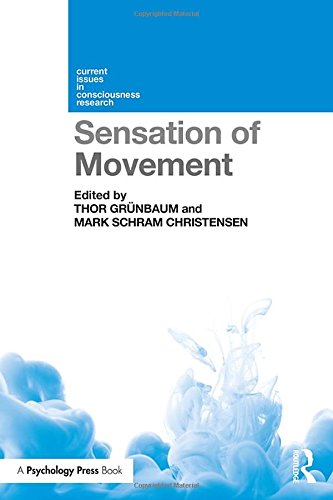

Most ebook files are in PDF format, so you can easily read them using various software such as Foxit Reader or directly on the Google Chrome browser.
Some ebook files are released by publishers in other formats such as .awz, .mobi, .epub, .fb2, etc. You may need to install specific software to read these formats on mobile/PC, such as Calibre.
Please read the tutorial at this link: https://ebookbell.com/faq
We offer FREE conversion to the popular formats you request; however, this may take some time. Therefore, right after payment, please email us, and we will try to provide the service as quickly as possible.
For some exceptional file formats or broken links (if any), please refrain from opening any disputes. Instead, email us first, and we will try to assist within a maximum of 6 hours.
EbookBell Team

4.3
88 reviewsSensation of Movement explores the role of sensation in motor control, bodily self-recognition and sense of agency. The sensation of movement is dependent on a range of information received by the brain, from signalling in the peripheral sensory organs to the establishment of higher order goals. Through the integration of neuroscientific knowledge with psychological and philosophical perspectives, this book questions whether one type of information is more relevant for the ability to sense and control movement.
Addressing conscious sensations of movement, experimental designs and measures, and the possible functions of proprioceptive and kinaesthetic information in motor control and bodily cognition, the book advocates the integration of neuroscientific knowledge and philosophical perspectives. With an awareness of the diverse ideas and theories from these distinct fields, the book brings together leading researchers to bridge these divides and lay the groundwork for future research.
Of interest to both students and researchers of consciousness, Sensation of Movement will be essential reading for those researching motor control, multimodal perception, bodily self-recognition, and sense of agency. It aims to encourage the integration of multiple perspectives in order to arrive at new insights into how sensation of movement can be studied scientifically.